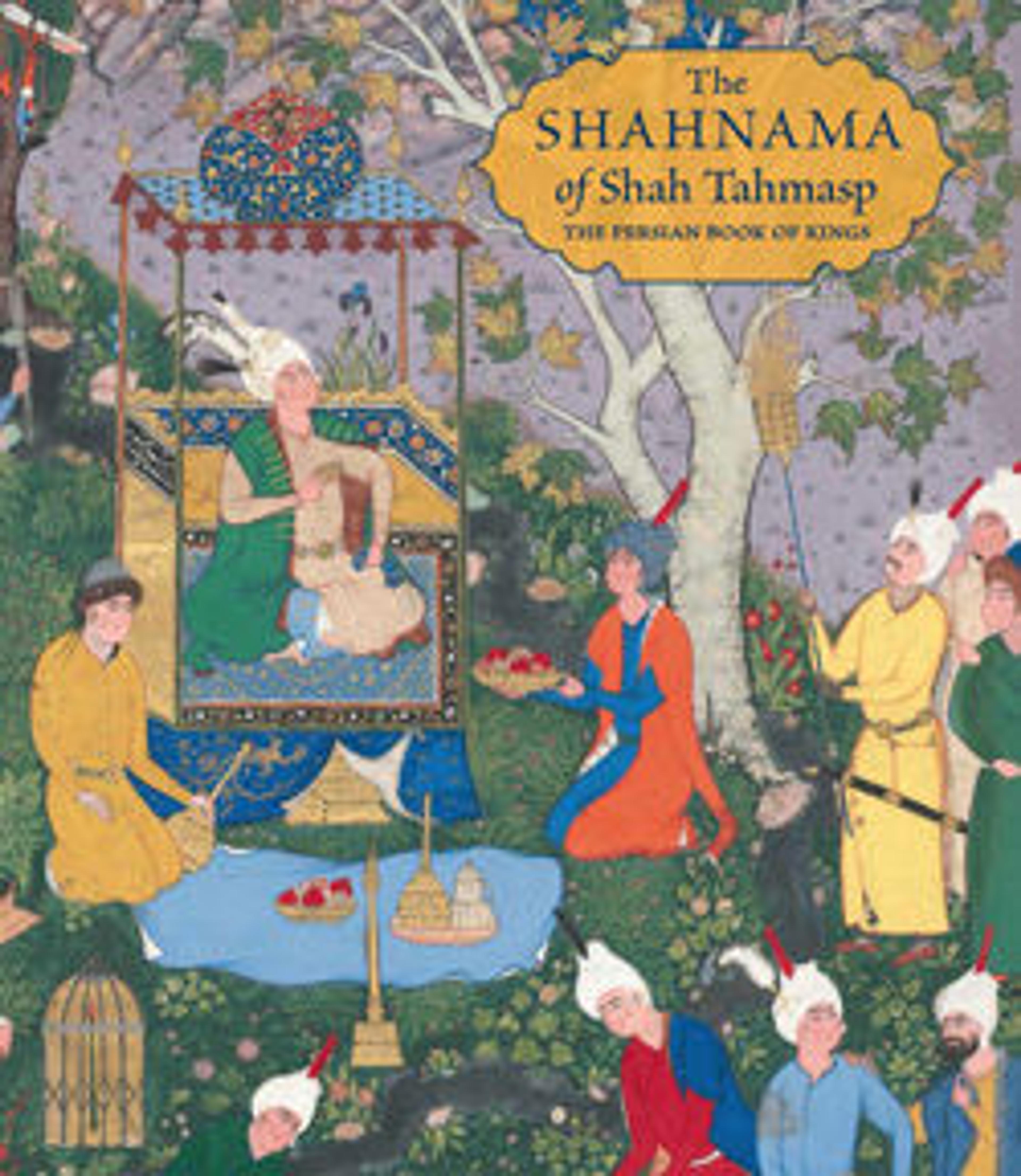Inscribed Bowl
The defining elements of this bowl—cloud scrolls, cartouches, interlacing roundels, and the "Y" pattern—point to Safavid Tabriz as the most likely place of production. Immediately below the rim is a Shi'i prayer in naskh script. Enclosed in the cartouches are verses invoking abundance and happiness. The name of the owner, Qasim ibn Husain Qannadi, the artist’s signature, and the date of manufacture appear further down, in the row of quatrefoils. The bowl can also be linked to the late fifteenth‑century Turkmen school of metalwork, which had close stylistic ties to the arts of the Ottoman and Mamluk empires.
Artwork Details
- Title: Inscribed Bowl
- Maker: Al-Imami Sayyid Naqqash al-Husaini (active Iran, first half 16th century)
- Date: dated 942 AH/1535–36 CE
- Geography: Made in Iran, probably Tabriz
- Medium: Copper; tinned, engraved, and inlaid with black compound
- Dimensions: H. 6 9/16 in. (16.7 cm)
Diam. 13 3/4 in. (34.9 cm) - Classification: Metal
- Credit Line: Edward C. Moore Collection, Bequest of Edward C. Moore, 1891
- Object Number: 91.1.615
- Curatorial Department: Islamic Art
More Artwork
Research Resources
The Met provides unparalleled resources for research and welcomes an international community of students and scholars. The Met's Open Access API is where creators and researchers can connect to the The Met collection. Open Access data and public domain images are available for unrestricted commercial and noncommercial use without permission or fee.
To request images under copyright and other restrictions, please use this Image Request form.
Feedback
We continue to research and examine historical and cultural context for objects in The Met collection. If you have comments or questions about this object record, please complete and submit this form. The Museum looks forward to receiving your comments.
